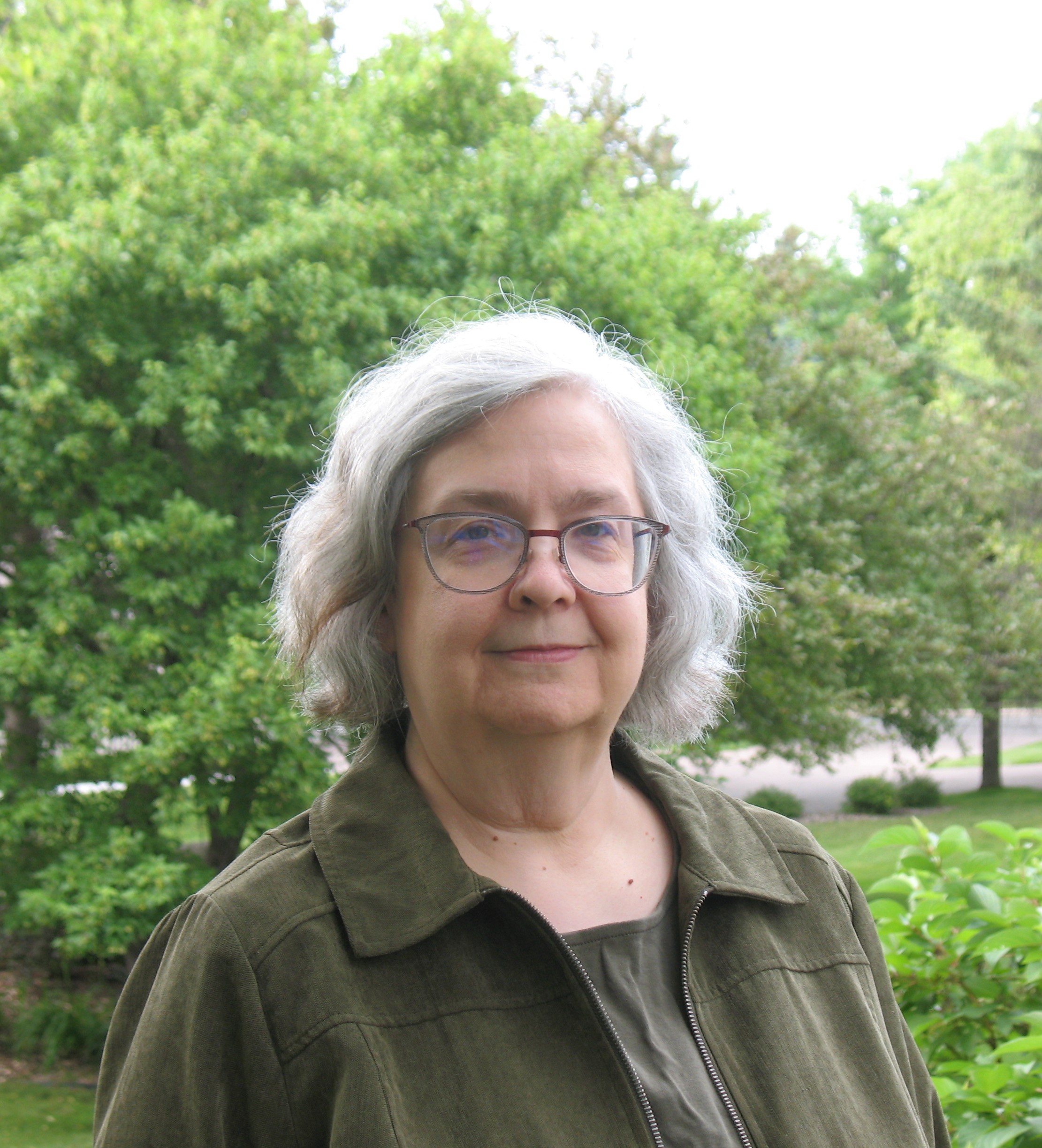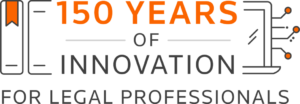Thomson Reuters Celebrates 150 Years: Kate MacEachern on Building Justice

Thomson Reuters is commemorating 150 years of customer partnership and innovation to honor the 1872 founding of John B. West Publisher and Book Seller. West’s innovative spirit lives on in Westlaw – a product that still carries his name – and in the AI-driven products and legal research technology tools used by legal professionals worldwide.
Legal Current is featuring perspectives from Thomson Reuters leaders on how West’s legacy of customer partnership and innovation endures today. We hear today from Kate MacEachern, content consultant, Operations Content, who has worked at Thomson Reuters for 37 years.
“Sounds ridiculous now”
MacEachern recalled her earliest years in Content Acquisitions: “We literally would give envelopes to courts, and they would mail their decisions into us. So, we’d wait for the mail to come, and then the mail would get sorted, and it would wind up on a desk, and we’d go through the decisions.”
Noting legal research was “a very manual process,” she added, “The statute verifiers would pin little cards to the back of cases with handwritten notes on the statutes they’d verified.”
MacEachern described the evolution of legal research during her tenure as “faster, more accurate, and seems like magic.”
Moving from manual processes to the early versions of Westlaw, she remembered: “When Westlaw was new, it would actually come up on screen one character at a time. So, you could read as fast as the cursor was typing words onto the screen. And when we got to full-page replacement, suddenly it was like, ‘wow, a whole page comes up at once!’ I know that sounds ridiculous now.”
“You made me look like a hero”
Among MacEachern’s memorable moments was giving a tour of the Minneapolis-St. Paul campus, when a customer saw court opinions coming off a printer and asked: “So which states do you handle? Where are your other offices?”
“And I said no, this is it,” MacEachern explained. “Every case that we handle for Westlaw comes in through this room. It’s more than 300,000 cases a year that we’re putting online.”
MacEachern said the customer’s eyes got big, awed at the level of scale Thomson Reuters delivers.
“All of a sudden you realize two things,” MacEachern said. “You realize how big the scope is of what we do, and you realize how big that world looked to customers – it was this mysterious universe. That was years ago, and it still sticks in my head because it’s a reminder of what we do and how much we do every day.”
MacEachern and her colleagues often post a case online within minutes or hours of the court making it available, and customers appreciate their speedy work. Grateful law firm support staff members have told her, “You made me look like a hero to my attorney.”
“We spend incredible effort and time hunting down court decisions that aren’t in the routinely distributed pile,” MacEachern noted, adding that cases not immediately posted on Westlaw likely were not made available by the court.
 Bringing Graphical KeyCite to life
Bringing Graphical KeyCite to life
Also memorable for MacEachern was helping to develop Graphical KeyCite displays, which offer a pictorial view of a case’s history. It’s the fastest way to see how a case has moved through the court system.
Yet early development efforts for Graphical KeyCite were surprisingly analog.
“I was on the floor with yellow legal pads, drawing page after page after page of this very complicated history chain” for a complex case, MacEachern recalled. She shared her eight-page rendering with technologists, who figured out how to graphically display chains for cases.
Today, Graphical KeyCite “shows those interconnections in a much easier way to figure out than trying to decipher a text display down the margin.” Seeing it brought to life was “incredible,” MacEachern said.
Building justice
MacEachern recognizes the collective impact that she and her Thomson Reuters colleagues make on the rule of law.
“What we do is we build justice,” she said. “Not by writing or arguing the court decisions, but by seeing that decisions get out into the world so that attorneys on all sides of an issue can find the decisions, statutes, and the commentary to make their arguments for their position as good as they can.”
“Finding a way to justice all starts with making the law accessible,” MacEachern added. “We are the place that makes information easiest to get to and easiest to find. We are an equalizer in a way. We’re handling hundreds of thousands of court decisions a year. But each of those decisions is a critical decision for someone, and the people I work with treat them that way.”
Read more perspectives on the Thomson Reuters legacy and watch Legal Current for additional stories in the coming weeks.